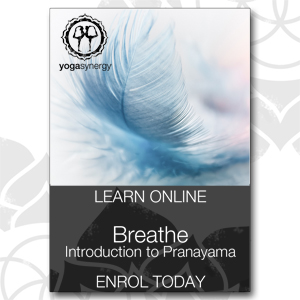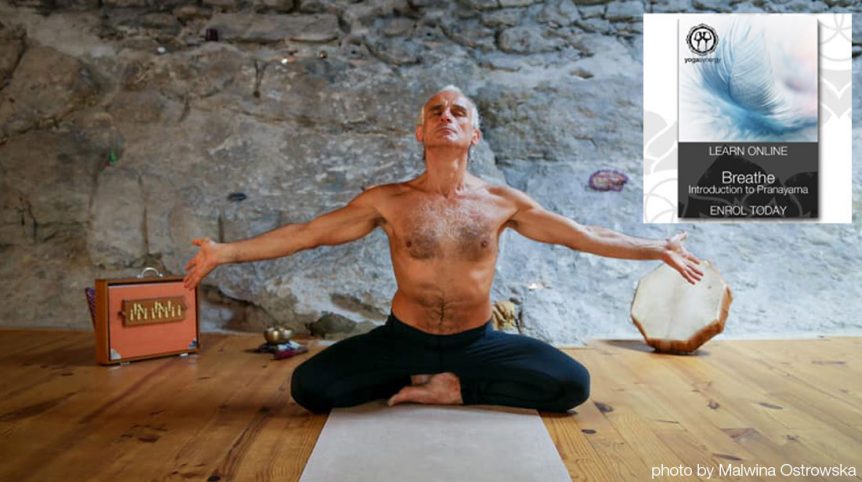“It is only if you can somehow reduce your resting minute ventilation to less that one full breath per minute
(or ideally one full breath every two or more minutes) that the benefits of this type of practice really begin to show up.”
Simon Borg-Olivier.
My regular morning breath-control sequence for the last few years is to very slowly breathe in (inhale) for one minute and then very slowly breathe out (exhale) for one minute. I can comfortably do this for thirty minutes of more, and it leaves me feeling very mobile, pain-free, warm and energised, but also really calm and peaceful.
The secret of this practice and for all breath-control is to not think ‘breathe in’ and ‘breathe out’ but rather to think ‘expand’ and ‘contract’. But when I systematically expand (lengthen and widen) my body, I increase my volume, which causes air to come into my body and I stay as relaxed as I can; and when I systematically contract (narrow and shorten) my body I decrease my volume, which causes air to leave my body and I stay as relaxed as I can.
This practice massages and nourishes my muscles, tendons, ligaments, joints and my internal organs. It totally removes musculoskeletal pain give me lots of energy while keeping my mind calm and focused. For most people this sequence I practice will be too hard to do at the level that I’m doing. There are several suggestions I can offer you to make it more accessible to most people.
For most people it is re-establishing natural breathing, which is often lost after childhood for most adults, and only ever approached during the most restful parts of the most nourishing sleep, that is the best thing most people can do in terms of breathing for their health. Once this is established then this natural minimal invisible inaudible breathing should be practiced while doing safe accessible postures and movements. With practice it can also be done in more extreme postures and movements.
However, if you are to attempt any regulated breathing exercise such as the one I describe in my practice above then here are some suggestions. Firstly instead of doing one full breathe every two minutes, try doing a breath in less time, as little as 30 seconds or longer ideally.
Never force your breathing. It must always feel that you can stay relaxed on the inside with no discomfort. But be careful not to make the length of your breath too short compared to the size of your breath. Otherwise, if you breathe too much air every minute, your minute ventilation (which equals volume per breath times number of breaths per minute) you will end up hyperventilating and having many negative effects in the long term such as dizziness, nausea, asthma, and internal organ system disruption.
ALWAYS REMEMBER THAT REALLY FIT HEALTHY PEOPLE CAN EXERCISE VIGOROUSLY BUT HARDLY BREATHE AT ALL!
 NEW ONLINE COURSE
NEW ONLINE COURSE
I have great course on a safe, accessible and effective form of this breathing exercise that is now available in our online shop. “Breathe: An Introduction to Pranayama”
>>> Watch a FREE Lecture and find out more.
Share this Post

